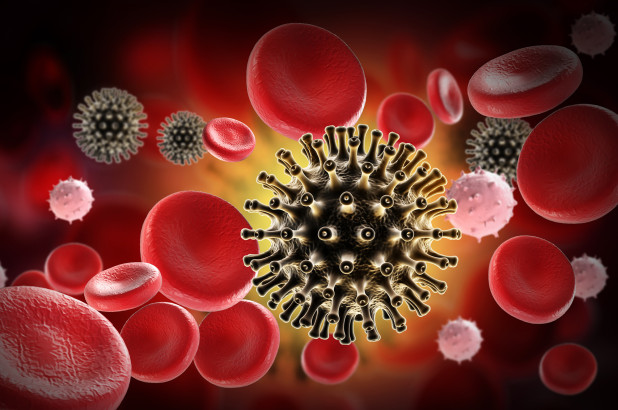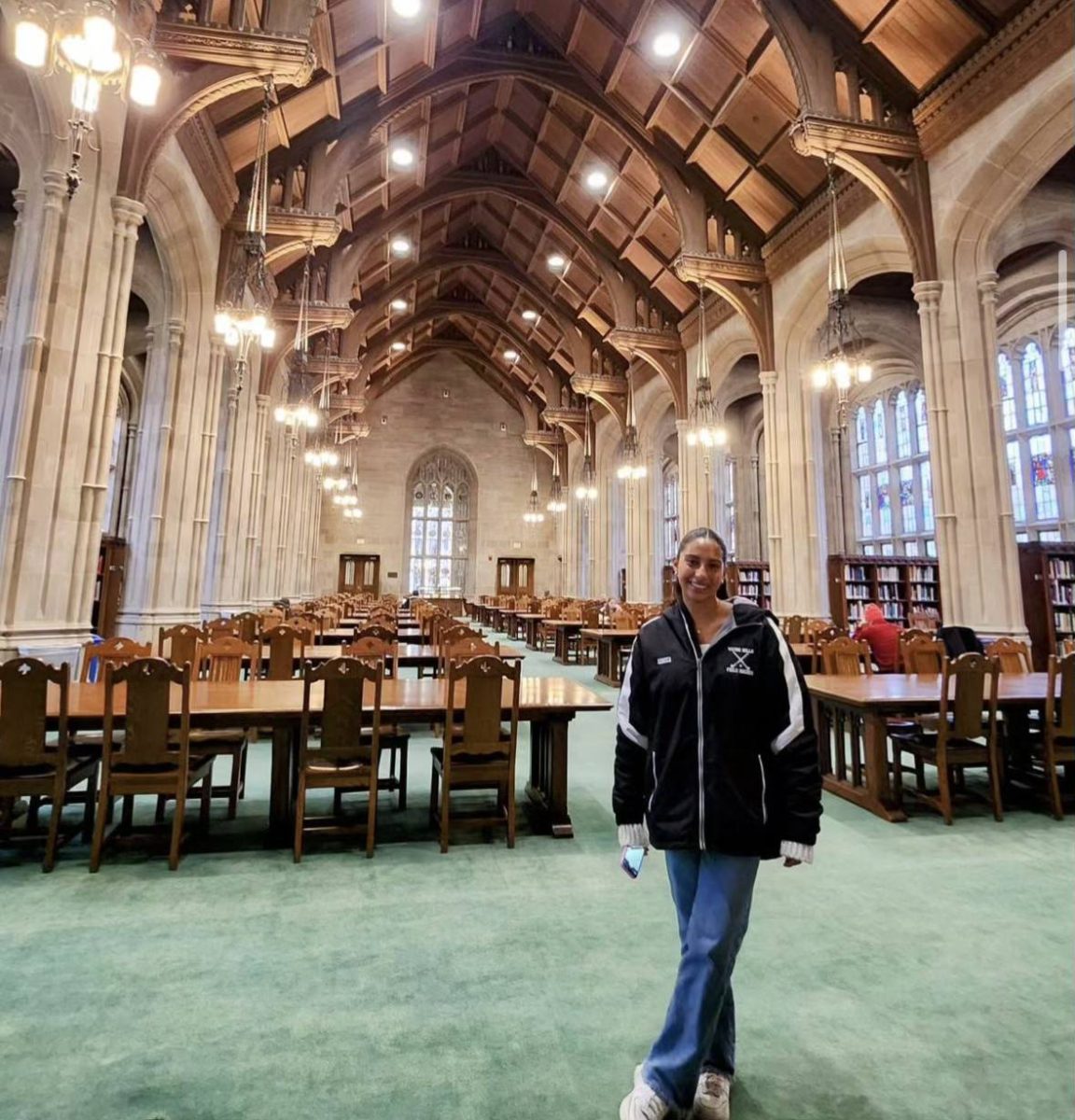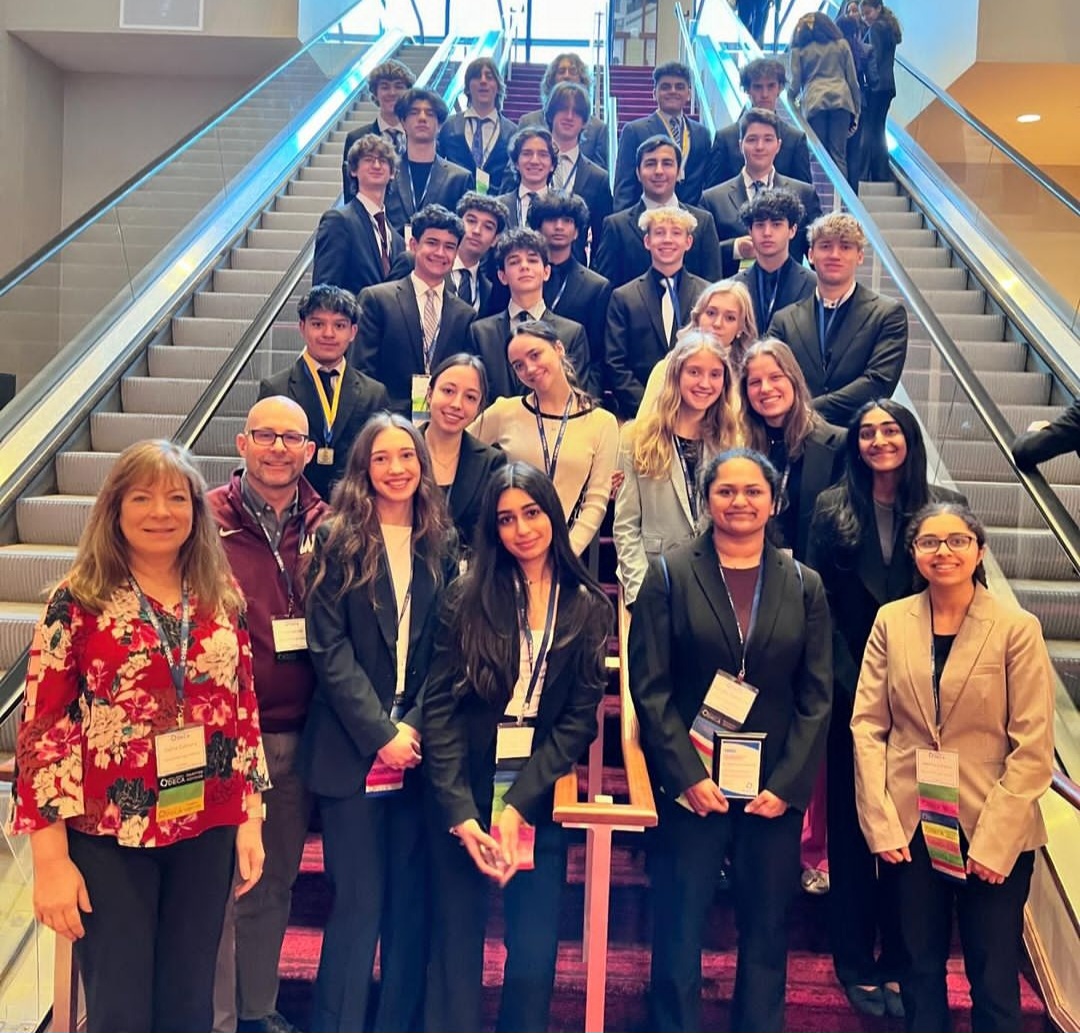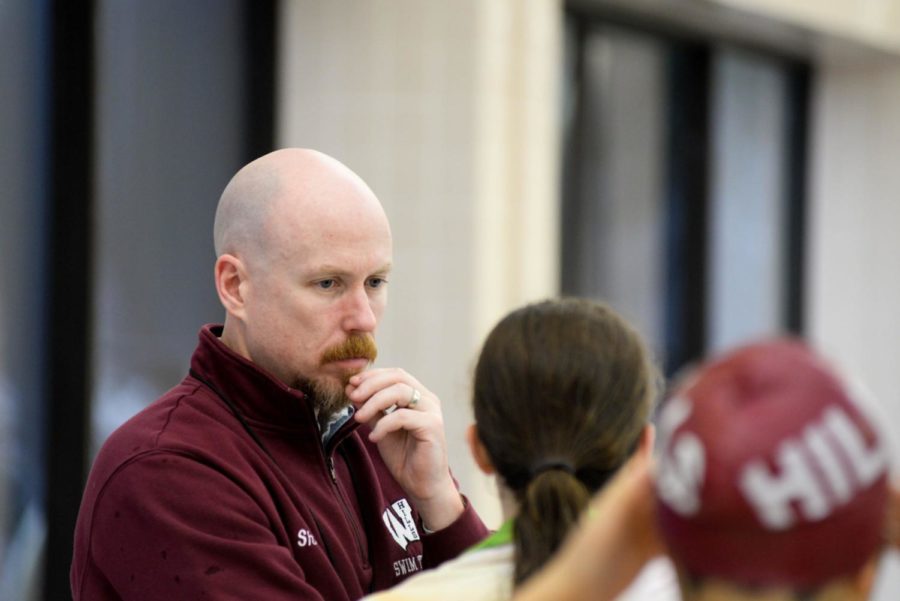Second Person Cured of HIV?
March 28, 2019
A man in London may be the second person to be cured of HIV, and there is another possible positive outcome for a patient in Germany.
In 2007, a young German doctor named Gero Hütter and his team performed a bone-marrow transplant on American Timothy Ray Brown, who had both leukemia and HIV. As the man recovered from the treatment, the doctors noticed something extraordinary. Three months after the first transplant, they could not find a trace of HIV.
After finding no signs of HIV, Timothy Ray Brown became the first person ever to be cured of HIV. Brown was originally introduced as the “Berlin Patient” because he wanted to remain anonymous. In 2010, however, he decided to reveal his identity to the public.
Since the first milestone back in 2007, scientists have unsuccessfully tried to duplicate this procedure, but now almost twelve years later, it seems there has been a second person to be cured of this terrible infection.
This new patient has chosen to remain anonymous and doctors are calling him the “London patient.”
Surprisingly, the bone-marrow transplants given to both infected patients were meant to treat cancer, not HIV. After chemotherapy failed, the patients were given bone-marrow transplants.
After Mr. Brown received the treatment, he was ill for many months and suffered severe complications. At one point, he nearly died when he was placed in an induced coma. Unlike Mr. Brown, the London patient’s treatment was much less intense and he has not been as ill after the transplant. The London Patient stopped taking anti-HIV. drugs in September 2017, which makes him the first person since Mr. Brown to remain HIV free for over a year.
The patient told The New York Times in an email, “I feel a sense of responsibility to help the doctors understand how it happened so they can develop the science.” He also said that learning that he could be cured of cancer and HIV was “surreal” and “overwhelming.” He never thought that there would be a cure in his lifetime.
Sophomore Gabrielle Goldman hopes that “scientists will be able to repeat this procedure on other patients and be able to discover an accessible cure for everyone infected with HIV.”
Unfortunately, this bone-marrow transplant is likely an unrealistic option as a global HIV cure. These transplants are very risky and have harsh and long-lasting side effects.
Doctors have not lost hope for a cure and will continue to do research to find a universal cure for HIV. Dr. Annemarie Wensing, a virologist at the University Medical Center Utrecht in the Netherlands, told The New York Times that she hopes “[t]his will inspire people that cure is not a dream,” and that “[i]t’s reachable.”

















